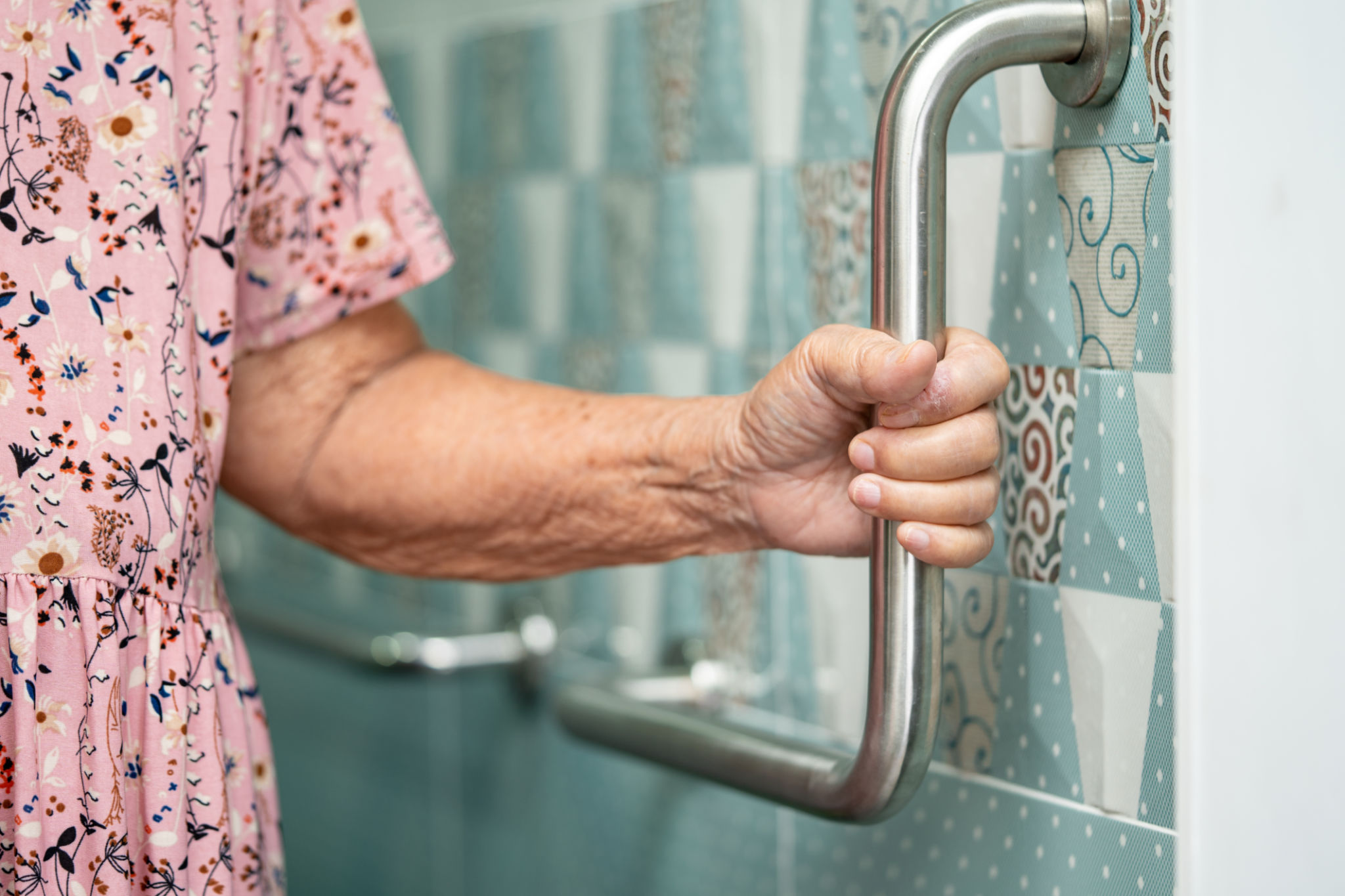The Ultimate Guide to Elderly Home Safety Improvements
Introduction to Elderly Home Safety
As we age, ensuring a safe living environment becomes increasingly important. Home safety improvements can significantly reduce the risk of accidents and enhance the quality of life for elderly individuals. Whether you're planning for yourself or a loved one, making thoughtful modifications can create a more secure and comfortable home.

Assessing Current Home Safety
Before making any changes, it's essential to conduct a thorough assessment of the current home environment. Look for potential hazards such as loose rugs, poor lighting, and cluttered walkways. Identifying these issues will help prioritize which improvements are needed first.
Consider involving a professional for a comprehensive evaluation. Occupational therapists or home safety experts can provide valuable insights and recommendations tailored to individual needs.
Lighting Enhancements
Proper lighting is crucial in preventing falls and accidents. Ensure that all areas of the home, especially staircases and hallways, are well-lit. Install nightlights in bedrooms and bathrooms to assist during nighttime movements. Motion sensor lights can be a practical addition, automatically illuminating areas as needed.
Bathroom Safety Modifications
The bathroom is one of the most common areas for slips and falls. To improve safety, start by installing grab bars near toilets and in showers. Non-slip mats in the shower or bathtub can also provide extra stability. Consider replacing traditional tubs with walk-in showers to eliminate the need for stepping over high edges.

Flooring and Rug Adjustments
Floor surfaces can pose significant tripping hazards. Ensure that all rugs have non-slip backing or are secured with double-sided tape. For hard flooring, consider using slip-resistant materials to minimize the risk of falls. Keep pathways clear of obstacles and clutter.
Enhancing Kitchen Safety
In the kitchen, organizing items within easy reach can prevent unnecessary stretching or climbing. Use pull-down shelves or lazy Susans to access high cabinets more safely. Installing anti-scald devices on faucets can prevent burns, while ensuring smoke detectors are operational adds an extra layer of protection.

Technology Aids for Safety
Advancements in technology can significantly enhance elderly home safety. Consider installing smart home devices such as automated lighting systems, voice-activated assistants, or emergency alert systems. These tools can provide peace of mind and quick access to help if needed.
Conclusion: Creating a Safe Haven
Implementing these safety improvements can transform a home into a secure haven for elderly residents. By addressing potential hazards and integrating modern solutions, you can ensure a safe, comfortable, and independent living environment. Keep in mind that regular reviews and updates to these measures are crucial as needs evolve over time.